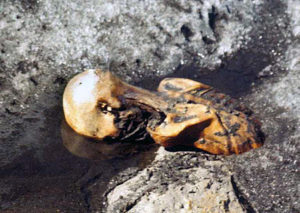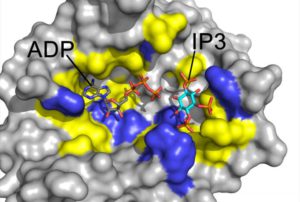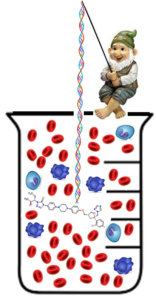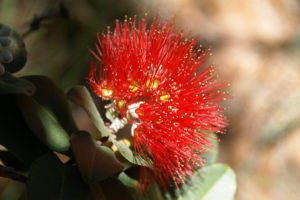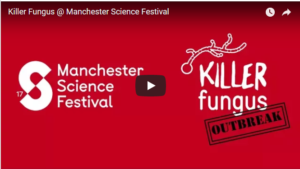Submitted by GAtherton on 23 February 2016
A new paper attempts to explain one reason why some people do poorly (and may even die) when infected by bacteria and some viruses while others, when exposed to the same infecting organism experience much milder impact on their health.
Those people who are most severely affected often experience serious complications with blood vessel leakage. The important impact that blood vessle leakage has during infection is well known but poorly understood. This paper shows that those people who are vulnerable tend to have low expression of the gene tunica interna endothelial cell kinase 2 (Tie2). This gene is normally extensively expressed throughout blood vessels, particularly in the tissue lining the vessels and previous studies have suggested that is may have a role in blood vessel leakage.
The authors looked at several different infections (bacterial and viral) associated with leaking vasculature and consistently found reduced expression ot Tie2. They then created a pair of cell lines where Tie2 was permanently suppressed in one line and expressed in another and again found a reduced ability to perform as a barrier to infection when Tie2 expression was low. Similar results were demonstrated in whole animals too. Mice deficient in Tie2 were more vulnerable to sepsis after infection (NB mice with no Tie2 at all are not viable embryo’s).
Following these experimental results the authors hypothesised that expression levels of Tie2 in human populations might be an indicator of the vulnerability of each individual to infection and consequent blood vessel disruption. They found significant variability of expression and individuals with low expression did indeed correlate with severe complications in those patients (Acute Respiratory Distress Syndrome ARDS in 1600 patients in intensive care).
What has this to do with Aspergillosis? Just as other types of infection can cause blood vessel disruption and destruction of the respiratory system, so can fungal infections such as acute invasive aspergillosis (IA) and chronic pulmonary aspergillosis (CPA) e.g. resulting in serious impacts to health such as bleeding into the lungs. Fungi have an additional mode of attack in that they can exert physical force when hyphae grow that may well help penetration of blood vessels and other tissue. An earlier paper (and also see this paper) suggested that Tie2 was an important part of a mechanism that is effective at resisting aspergillosis in a mouse model system – thus presumably effective at resisting hyphal invasion of blood vessels.
Perhaps then Tie2 could play a part in future screening of patients at risk of developing serious complications of infection and aspergillosis and may help prevent future cases as well as assist in the diagnosis and treatent of current cases of aspergillosis. Much of this research work has been carried out in the context of transplant patients which is appropriate as aspergillosis is a major risk factor for transplant recipients.
News archives
-
Title
Date




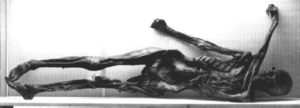 ,
, 